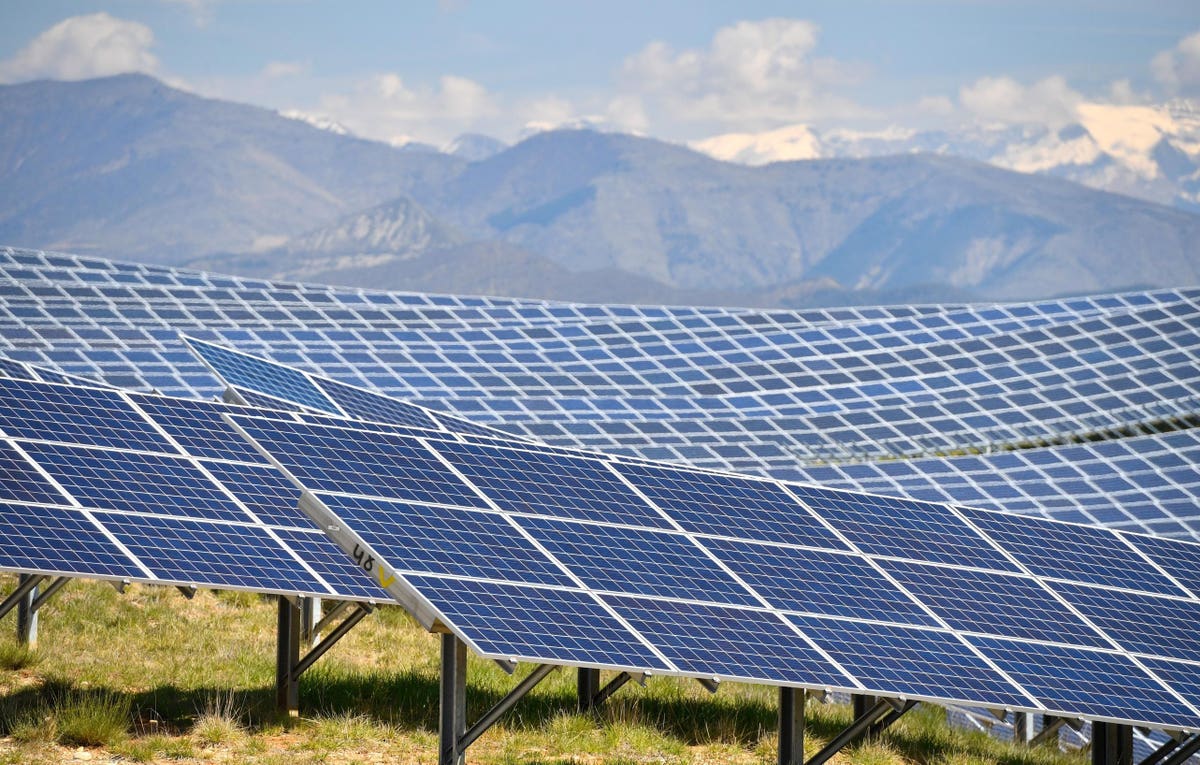Microsoft Founder Bill Gates is backing a solar cell maker that can produce more energy than conventional solar cells. Gates’ Breakthrough Energy Ventures has money on Massachusetts-based CubicPV, which makes photovoltaic cells using perovskite — a composite that produces at least 20% more energy than the prevailing silicon technology.
The perovskite material must still prove its durability. But if this can happen, the technology could cause solar’s market share to skyrocket, which will comprise 54% of all electricity added to the grid in 2023, according to the U.S. Energy Information Administration.
“The sun never raises its price and it doesn’t have blackouts,” says Chris Case, chief technology officer for the UK-based Oxford PV. “It’s the ideal energy source.”
In a virtual conversation, Case explained that Oxford University spun off Oxford PV in 2010. The Norweigan oil giant Equinor backs the enterprise, which is building a solar cell manufacturing facility in Germany. Oxford PV combines silicon and perovskite cells, increasing the efficiency rate. In other words, the ultra thin cells capture “photons,” converting them to electricity. And for every unit that goes in, more comes out as energy.
Take a square meter at noon: The sun creates 1,000 watts of energy. Waiting one-hour results in 1,000 watt-hours of power. If the efficiency rate is 25%, we get 250 watts from one square meter. However, using perovskite, we can get as much as 40% or 350 watts.
“I get at least 20% more power out of my panels using the same space,” says Case. “The only thing bigger is our appetite for electricity, allowing us to generate more power in areas where we don’t have more space.” Indeed, for the U.S. to reduce its CO2 levels by 80% by 2050, it must double the electrification rate over the next 15 years. The focus will be on energy efficiency, decarbonized electricity, transportation, buildings, and industry electrification.
The technology combines silicon and perovskite cells — known as ‘tandem’ — making it is more expensive than conventional solar modules. However, utilities realize returns because they can generate more energy.
Will The Weather Hold Up?
Solar makers are looking ahead. For example, Arizona-based First Solar
FSLR
“With this acquisition, along with our new innovation center in the United States and longstanding commitment to R&D, we are investing not just in First Solar’s future, but the future of solar energy,” said Mark Widmar, chief executive officer of First Solar. “We anticipate that high-efficiency tandem PV modules will define the future, speeding up decarbonization by allowing us to convert sunlight into clean electricity more efficiently.”
Meanwhile, Chinese solar panel maker GCL System Integration introduced a 320-watt and hardwearing perovskite solar module. Microquanta of China presented similar testaments.
To be sure, perovskite solar cells are subject to weather conditions, which can impede their performance. “Manufacturers have yet to deliver on their promise of commercial perovskite products. One issue bogging down perovskites is they degrade when exposed to oxygen, moisture, and light,” said an article in IEEE’s Spectrum.
Martin Green, a solar cell researcher at the University of New South Wales in Australia, told CNBC that perovskites have a lot of promise. Still, the question remains as to whether they can be commercially viable. “Although progress has been made since the first perovskite cells were reported, the only published field data for such tandem cells with competitive efficiency suggest they would only survive a few months outdoors even when carefully encapsulated.”
The broader solar market still has high hopes for the technology. According to Precedence Research, the perovskite market was worth $94 million in 2022. But it could be worth $2.5 billion in 2032 — a 32% annual compound growth rate.
Oxford PV’s Case told me the company has demonstration projects, maintaining its solar cells last 25 to 30 years. Moreover, he adds that 20,000 people are working on this technology while national governments are also trying to make solar enhancements. That includes the United States, with $800 million allocated to the Inflation Reduction Act.
Asia now builds and exports most solar modules. However, most of the modules are glass and steel frames, while the solar cells comprise a tiny amount. “We are using boats to ship glass long distances,” says Case. “At the very least, we should build modules close to where the electricity will be used. If the U.S. is not able to urgently scale-up tandem solar manufacturing, it puts energy security at risk.”
Perovskites may be more efficient than silicon solar cells, but the outstanding question is whether they are as long-lasting. If companies can achieve this outcome, it will catapult the solar sector into a new stratosphere.
Read the full article here





